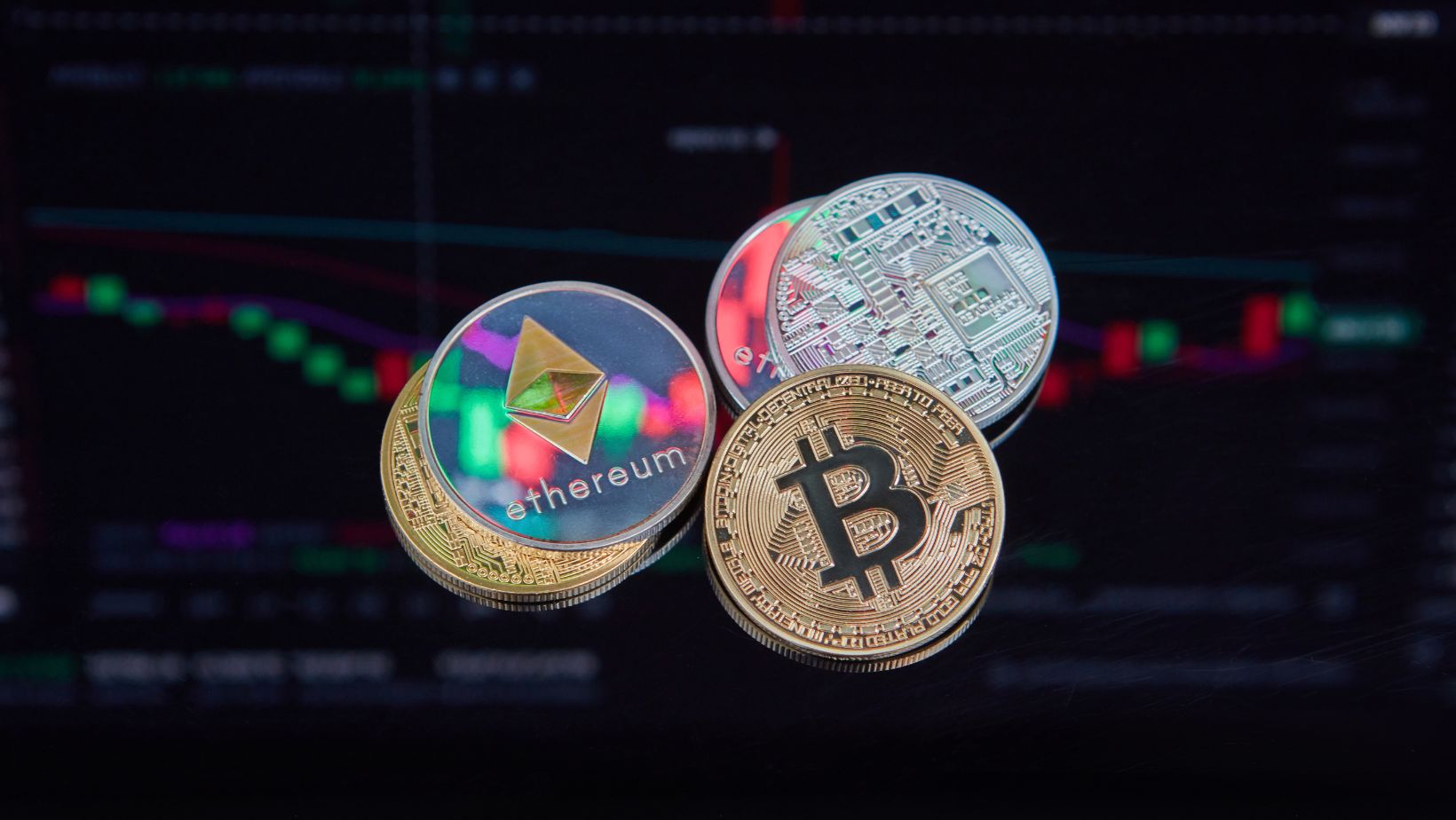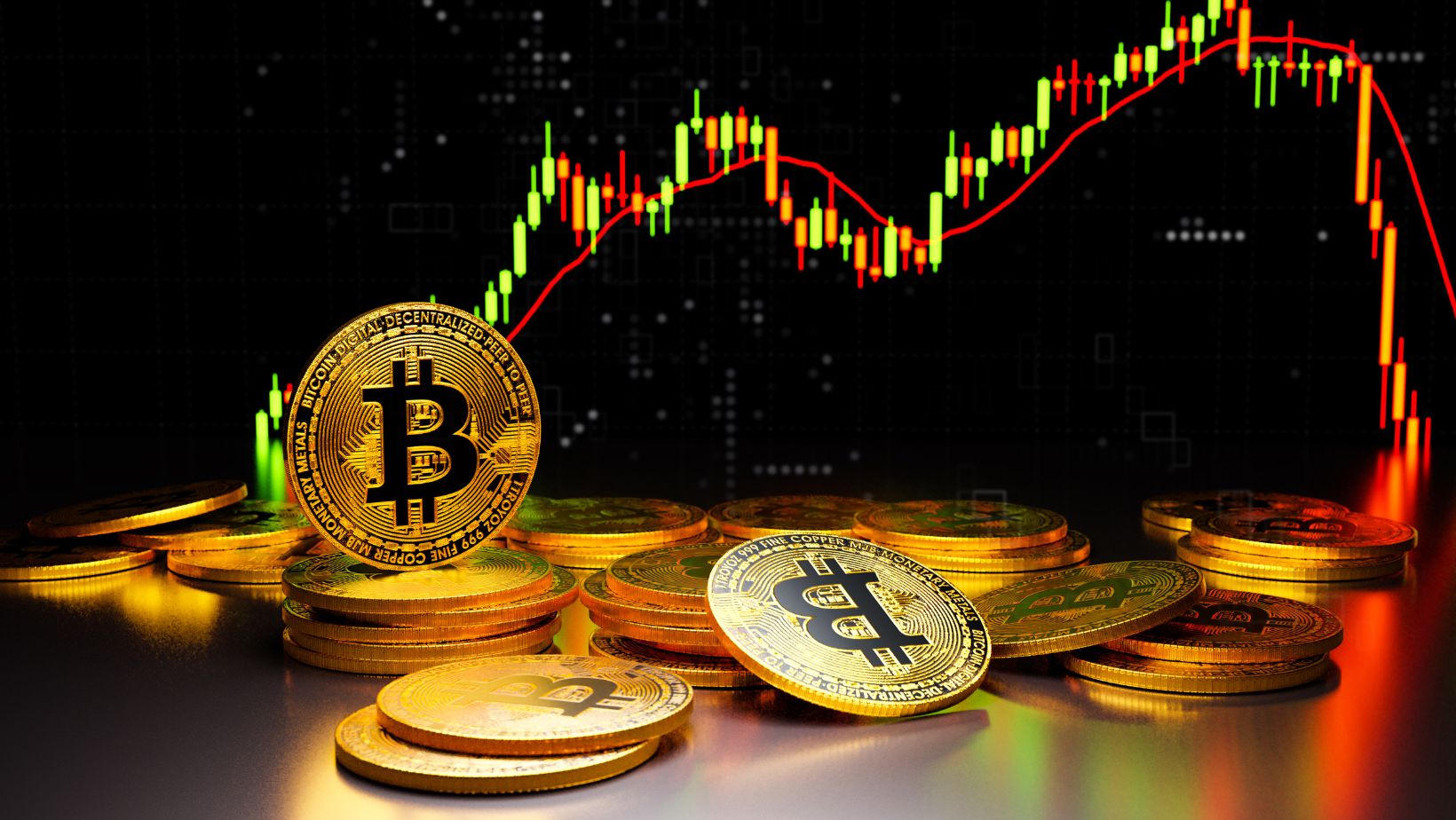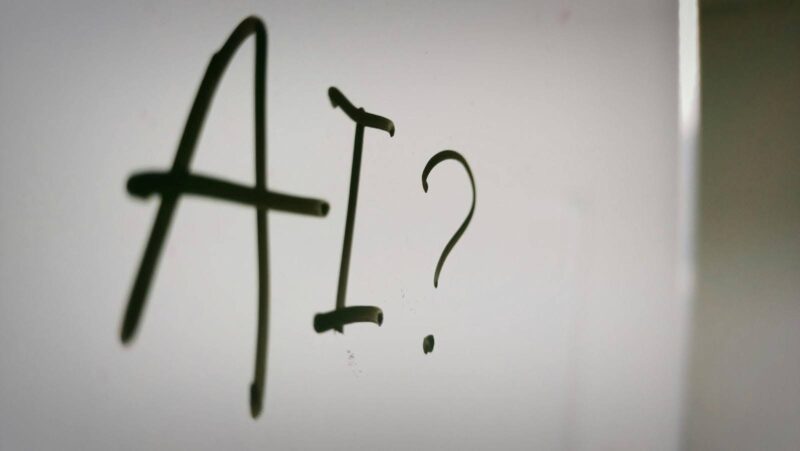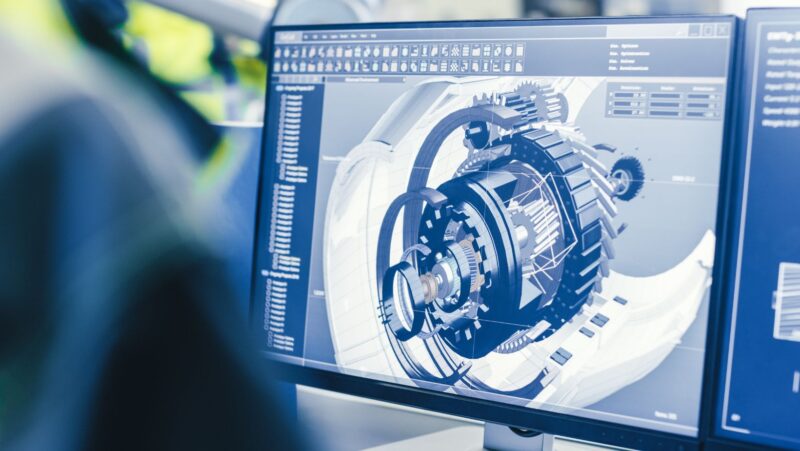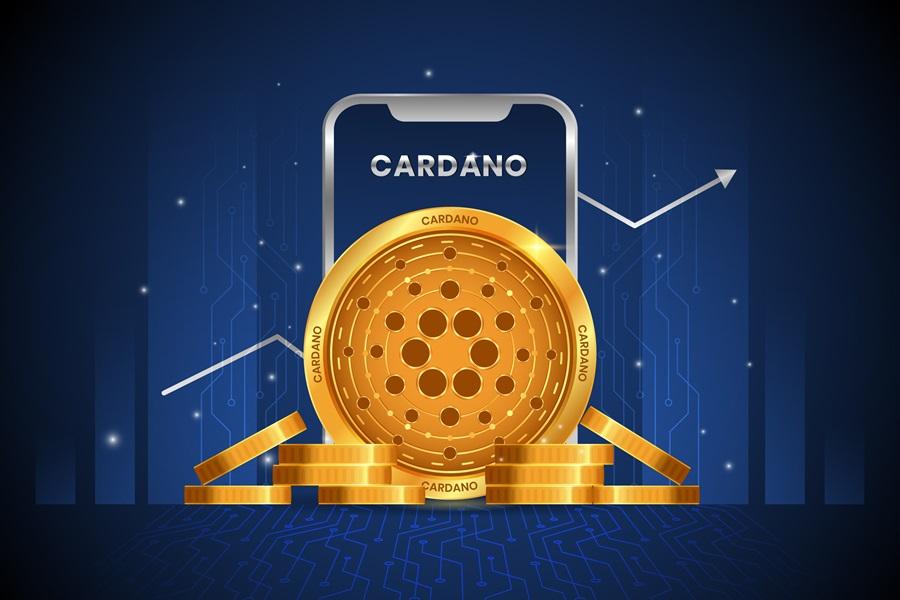
With over 25,000 coins populating the crypto market, the ones that make it to the top are truly special for the mere fact that they’ve been able to overcome such harsh competition, so their stories deserve to be told. Bitcoin and Ethereum’s sagas have been recounted so many times that they’ve become the stuff of legends, but the evolution of other ambitious crypto projects remains shrouded in mystery despite their notable achievements.
Cardano (ADA) is one such token that doesn’t get nearly as much attention and recognition as it should. The crypto has managed to rise from the crypto ranks and secure a leading position in the hierarchy – the 9th, to be more precise – and yet, many still don’t know much about its past. The ADA price prediction for 2025 seems quite optimistic, which only emphasizes the asset’s potential and merit.
It would be a shame to let Bitcoin and Ethereum’s dominance stop you from spotting other successful tokens. Since Cardano makes for a great alternative, according to most experts, a deeper dive into its journey to the top is well worth the effort.
The Origins
The Cardano blockchain was created by Charles Hoskinson and Jeremy Wood, both of whom had previously been involved in Ethereum’s development. Hoskinson, a mathematician and entrepreneur, and Vitalik Buterin co-founded Ethereum, but they had very different visions regarding the network’s future. The first wanted to turn it into a for-profit company, while the latter wanted to keep it as a non-profit.
That prompted Hoskinson to leave the project in 2014 and start a new venture separately that would allow him to follow his own vision. In 2015, he and former Ethereum fellow Jeremy Wood established IOHK (Input Output Hong Kong), a software development company focused on blockchain research and innovation.
Two years later, they launched Cardano, a proprietary blockchain platform aimed at improving upon the solutions and technologies introduced by pioneers Bitcoin and Ethereum. ADA, the native crypto of the Cardano platform, had been released two years prior through an initial coin offering (ICO) and started trading following the blockchain’s launch.
To achieve their bold goals, the founding team adopted a methodical approach to development based on data-driven practices and peer-reviewed research, which is unique in the crypto world. This science-centered philosophy is also reflected in the project’s branding: the blockchain was named after Italian polymath and mathematician Gerolamo Cardano, while its native token was named after the famous British mathematician Ada Lovelace.
The Features
Let’s get into Cardano’s structure and inner workings and see how the platform functions. According to Hoskinson, Cardano is a third-generation blockchain, while Bitcoin and Ethereum represent first and second-generation blockchains. Based on this categorization, Cardano is presented as a superior chain, a claim that is backed by the innovative features it encompasses.
In line with its research-driven approach, since 2020 the platform has started utilizing a peer-reviewed proof-of-stake (PoS) protocol called Ouroboros for validating transactions. This mechanism is much more energy-efficient and thus friendlier to the environment than its more widely used alternative, the proof-of-work (PoW) consensus protocol. While PoS is no longer a novelty among blockchains, Cardano was one of the first and largest networks to use it. For example, it wasn’t until 2022 that Ethereum switched from PoW to PoS.
Like Ethereum, Cardano features smart contract functionality, which enables the development of a variety of decentralized applications such as NFTs and DeFi protocols. Cardano’s aim is to facilitate access to financial services and ensure inclusivity via blockchain solutions. Another similarity between the two chains is the use of the UTXO model for efficient tracking of crypto transactions. However, Cardano employs an advanced version of this model that also supports smart contracts and other complex applications.
Cardano also boasts a unique two-layer architecture, comprised of two separate components for computation and execution: the Cardano Settlement Layer (CSL) and the Cardano Computational Layer (CCL). The CSL handles peer-to-peer transactions, while the CCL represents the platform’s backbone, in charge of managing the consensus mechanism, deploying smart contracts, and ensuring regulatory compliance. This allows Cardano to circumvent issues like network congestion, slow processing times, elevated fees, or poor scalability which are common with other blockchains.
However, the aspect that differentiates Cardano from its peers the most has to be the in-depth research process that goes into each of the upgrades and features that the network implements. While other blockchains roll out a constant stream of updates and upgrades, Cardano takes its time to examine different technologies and concepts, and then have them reviewed by an interdisciplinary team of professionals before adoption.
This strategy might result in slower development, but it also ensures the viability of the solutions that Cardano brings forth and paves the way to further innovation. That’s how Cardano designed and integrated all of its groundbreaking features, such as Hydra for enhancing transaction throughput, Mithril for optimizing validation, and Ouroboros Leios for increasing security and scalability.
The Roadmap
Cardano’s methodical perspective to development is most noticeable in its roadmap, which consists of five eras named after prominent figures, as follows:
Byron (Foundation Era) – This stage saw the launching of the ADA cryptocurrency and the construction of Cardano’s core infrastructure.
Shelley (Decentralization Era) – Cardano switched to a decentralized proof-of-stake system and enabled users to engage in staking and become more actively involved in network operations.
Goguen (Smart Contracts Era) – This stage introduced smart contract functionality to the existing host of features, allowing developers to build dApps and boosting the platform’s utility.
Basho (Scaling Era) – Targeting scalability and interoperability, Basho brought sidechains and accounting styles to Cardano’s design.
Voltaire (Governance Era) – Lastly, Voltaire aims to turn Cardano into a self-sustainable and decentralized platform, where ADA holders can participate in the decision-making process regarding Cardano’s development through vote.
As you can see, Cardano’s rise to the highest levels of the crypto sphere implied years of arduous work, research, and unwavering commitment, so there’s definitely something to learn from this crypto success story.

